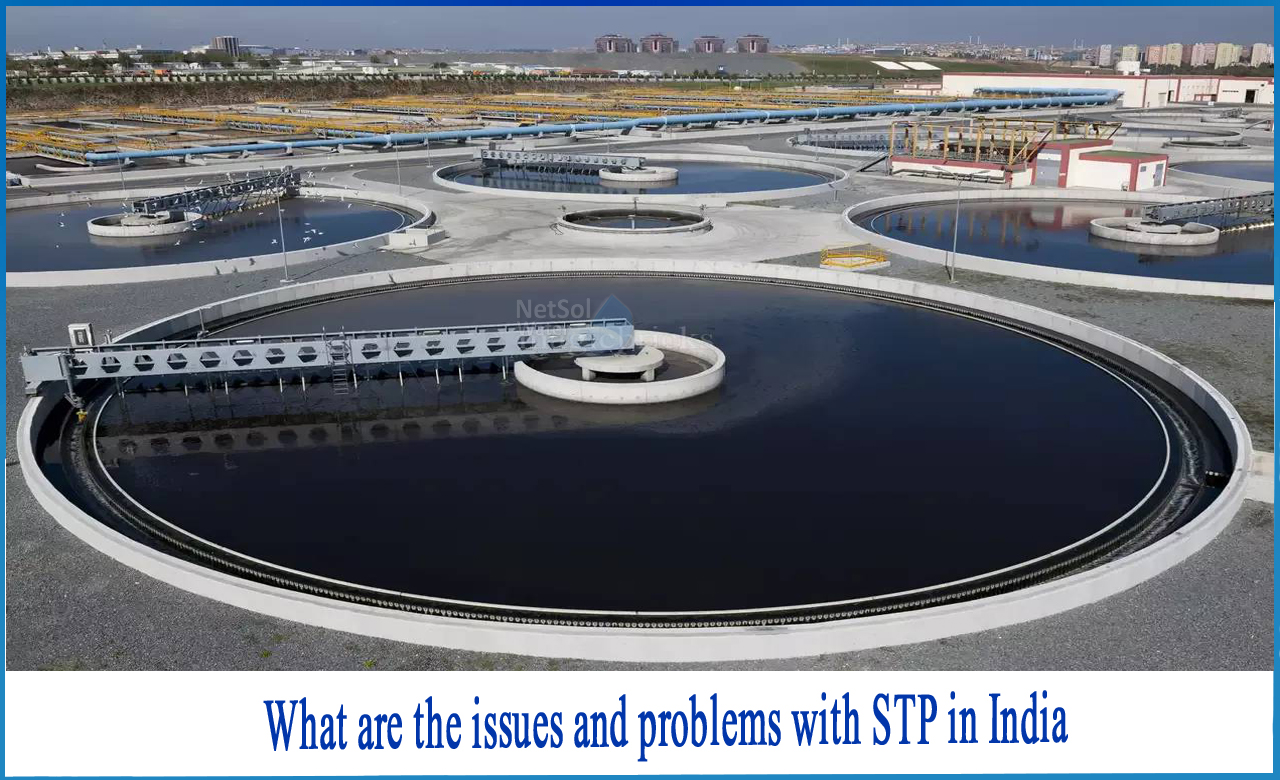What are the issues and problems with STP in India?
Despite the fact that India has over 900 STPs, the bulk of them do not treat sewage to their full capacity. The percentage of problematic STPs is high for a country that is aiming to revolutionize waste management and treat sewage before disposal. India's experience with STPs has been mixed, with numerous examples of failed STPs being brought to light. Many issues have led to the dismal state of STPs in India, ranging from high maintenance costs to land scarcity. Smaller towns and businesses are establishing decentralized sewage treatment plants (STPs) to tackle their treatment challenges as the population grows and more people wish to reside in rural places. These systems are beneficial in that they provide a long-term alternative to centralized sewage treatment facilities, but they are frequently neglected or handled incorrectly, resulting in license violations.
We've put together a list of things that can go wrong in India's sewage treatment plants. We've also discussed how to resolve these concerns.
1. Downstream Equipment Failure
Downstream equipment is utilized in the first step of the sewage treatment process. The screening process is in charge of filtering the water for non-biodegradable floating solids. In wastewater treatment plants, solids such as paper, tin, plastic, rags, wood, and containers are regularly found.
As a result, you must remove these wastes from the water to avoid problems like pipe blockage, increased wear and tear, and the accumulation of undesired things that obstruct the wastewater treatment process.
2. Insufficient power supply
To function properly, STPs require a constant power source. The volume of sewage processed on a regular basis is affected by irregular power sources, which is a major impediment for STPs. Providing power is a big difficulty, thus current STPs are being developed to ensure that they generate enough power from the treated sewage to keep them running.
3. India's Sewage Treatment Plants have odour problems
The presence of hydrogen sulphide, organic acids, and mercaptans in sewage treatment plants in India might cause them to stink, which encourages bacteria to reduce Sulphur. H2S, or hydrogen sulphide, is a foul-smelling, colorless gas that is exceedingly corrosive. As a result, removing hydrogen sulphide gas is critical to avoid downstream device problems.
Any step could be the source of the odour. As a result, determining the source is extremely difficult. You could contact the plant installers who can inspect your plant for you, in order to determine the source and eliminate the odour.
Conclusion
Despite these obstacles, STP building has been a goal of various government initiatives, including the Swachh Bharat Abhiyan, Namami Gange, and the Atal Mission for Rejuvenation and Urban Transformation (AMRUT). It is hoped that STPs will be managed more efficiently and scientifically in the coming years, as the building of numerous STPs will only exacerbate India's current sewage treatment situation.
What can we offer?
Netsol Water is one of the leading water and wastewater treatment company in India with services in the field of WTP manufacturing, WWTP manufacturing, RO Plant manufacturing, STP manufacturing, ETP manufacturing, Water Softeners, and much more. The company designs and manufactures all in one system that are ideal for treating wastewater and the sludge generated.
For any further assistance or product-purchase related query,
Call us on +91-9650608473;
Or, write us at enquiry@netsolwater.com



